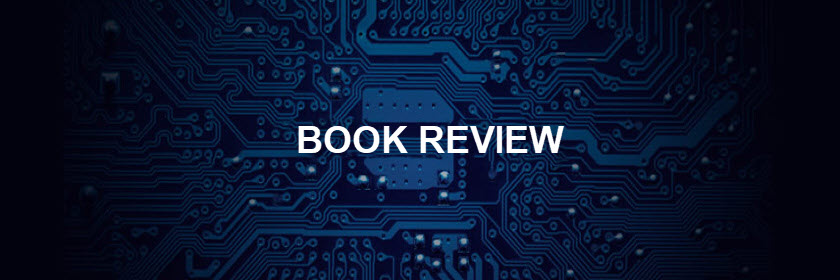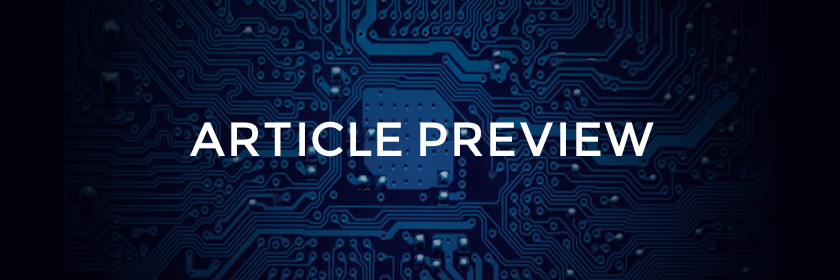Volume 24, Issue 4
KUDOS TO DR. ANDREW LIAROPOULOS!!!!!
The Journal of Information Warfare would like to thank Dr. Andrew N. Liaropoulos for his outstanding service to the journal over the years. He has been a consistent and reliable reviewer who helped shape the journal in this dynamic field. We appreciate his continued support.
 Dr. Andrew N. Liaropoulos is an Associate Professor in International Relations and Strategic Studies at the University of Piraeus, Greece. He earned his Master’s degree in Intelligence and Strategic Studies at Aberystwyth University and his Ph.D. at Swansea University. Dr. Liaropoulos is also a senior analyst in the Research Institute for European and American Studies (RIEAS) and a member of the editorial board of the Journal of Information Warfare (JIW) and of the Journal of European and American Intelligence Studies (JEAIS). For the period 2015-2021, he has been the Director of the Laboratory of Intelligence and Cyber-security at the University of Piraeus. In July 2024, he was appointed as a member of the Scientific Board of the Hybrid Threats Observatory in the Greek Ministry of Digital Governance. Over the past years, he has published extensively on international security, intelligence, cybersecurity issues, EU digital sovereignty, Russian information operations, Chinese digital authoritarianism, and hybrid threats.
Dr. Andrew N. Liaropoulos is an Associate Professor in International Relations and Strategic Studies at the University of Piraeus, Greece. He earned his Master’s degree in Intelligence and Strategic Studies at Aberystwyth University and his Ph.D. at Swansea University. Dr. Liaropoulos is also a senior analyst in the Research Institute for European and American Studies (RIEAS) and a member of the editorial board of the Journal of Information Warfare (JIW) and of the Journal of European and American Intelligence Studies (JEAIS). For the period 2015-2021, he has been the Director of the Laboratory of Intelligence and Cyber-security at the University of Piraeus. In July 2024, he was appointed as a member of the Scientific Board of the Hybrid Threats Observatory in the Greek Ministry of Digital Governance. Over the past years, he has published extensively on international security, intelligence, cybersecurity issues, EU digital sovereignty, Russian information operations, Chinese digital authoritarianism, and hybrid threats.
Recent Publications:
- 2025, ‘Fighting for influence: The promise of Artificial Intelligence’, F Moustakis, T German, and A Liaropoulos (eds.), The Co-evolution of Warfare and Technology, Routledge, London, UK.
- 2025, ‘Autonomous Weapons Systems and the Future of Warfare’, ME Erendor (ed.), Cybersecurity in the Age of Artificial Intelligence and Autonomous Weapons, CRC Press, Taylor & Francis Group, London, UK.
- 2023, ‘Digitizing the battlefield: Augmented and virtual reality applications in warfare’, A Gruszczak & S Kaempf (eds.), Routledge Handbook of the Future of Warfare, Routledge, London, UK.
- 2023, ‘The Geopolitics of 5G and EU digital sovereignty’, M Ferrag, I Kantzavelou, L Maglaras, and H Janicke (eds.), Hybrid Threats, Cyberterrorism and Cyberwarfare, Routledge, CRC Press, London, UK.
- 2023, ‘Securing democracy in cyberspace’, EG Carayannis, E Grigoroudis, and DFJ Campell (eds.), The Elgar Companion to Digital Transformation, Artificial Intelligence and Innovation in the Economy, Society and Democracy, Edward Elgar, Cheltenham, UK.
- 2023, ‘Victory and virality: War in the age of social media’, Georgetown Journal of International Affairs, vol. 24, no. 2.
- 2022, ‘Information as an instrument of power: Lessons learned from the war in Ukraine’, NATO OPEN Publications, vol. 7, no. 6.
Journal of Information Warfare
The definitive publication for the best and latest research and analysis on information warfare, information operations, and cyber crime. Available in traditional hard copy or online.
Quick Links
Archive




